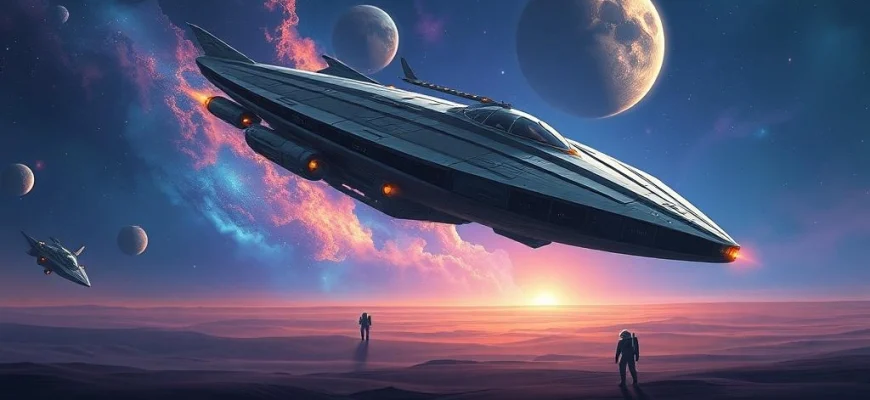If you loved the epic sci-fi adventure of 'The Wandering Earth II' (2023), you're in for a treat! This article explores 10 similar movies and shows that deliver the same thrilling mix of high-stakes survival, stunning visuals, and thought-provoking themes. Whether you're a fan of grand-scale space operas or dystopian futures, these picks will keep you on the edge of your seat.
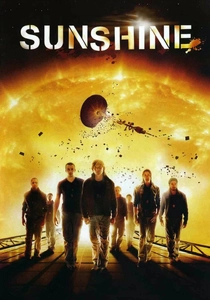
Sunshine (2007)
Description: A mission to save Earth by reigniting the dying sun, featuring intense psychological drama and stunning visual effects of solar phenomena.
Fact: The film's soundtrack was composed by Underworld and John Murphy, creating a unique electronic and orchestral blend.
 Watch Now
Watch Now 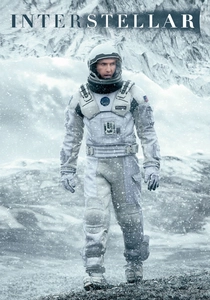
Interstellar (2014)
Description: A grand-scale sci-fi epic that explores humanity's struggle for survival in the face of cosmic threats, featuring advanced technology and space exploration.
Fact: The black hole in the film, named Gargantua, was rendered with unprecedented accuracy based on equations provided by physicist Kip Thorne.
 Watch Now
Watch Now 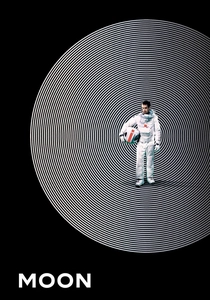
Moon (2009)
Description: A psychological sci-fi thriller set on a lunar base, dealing with isolation, identity, and corporate exploitation of space resources.
Fact: The film was shot in just 33 days with a budget of only $5 million, using miniatures and practical effects.
 Watch Now
Watch Now 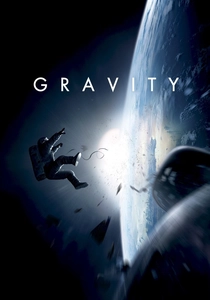
Gravity (2013)
Description: A tense survival story set in space, highlighting the fragility of human life against the vastness of the cosmos.
Fact: The film's opening shot is a continuous 12-minute take, one of the longest in cinema history.
 Watch Now
Watch Now 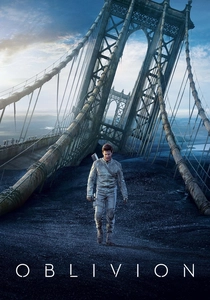
Oblivion (2013)
Description: A post-apocalyptic Earth setting with advanced technology and mysterious alien forces, blending action with philosophical questions about humanity.
Fact: The film's unique design aesthetic was inspired by 1970s sci-fi book covers and the work of artist John Berkey.
 Watch Now
Watch Now 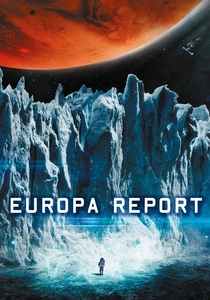
Europa Report (2013)
Description: A found-footage style mission to Jupiter's moon Europa, blending hard science with suspense and discovery of extraterrestrial life.
Fact: The film's production consulted with NASA scientists to ensure scientific accuracy in its depiction of space travel.
 Watch Now
Watch Now 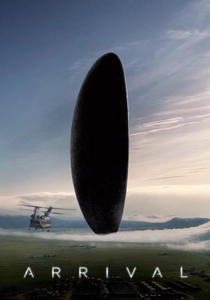
Arrival (2016)
Description: Explores first contact with alien species and the global cooperation required to understand and communicate with them.
Fact: The alien language was created by a professional linguist and is based on circular symbols called logograms.
 Watch Now
Watch Now 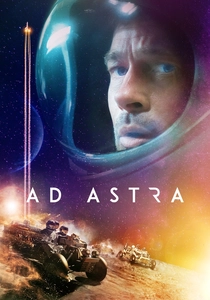
Ad Astra (2019)
Description: A visually stunning journey through the solar system exploring themes of isolation, father-son relationships, and humanity's place in the universe.
Fact: The film features the most accurate depiction of Neptune in cinema, based on data from the Voyager 2 mission.
 Watch Now
Watch Now 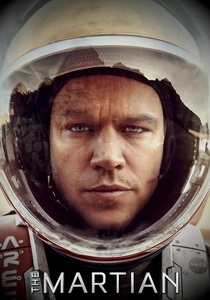
The Martian (2015)
Description: Focuses on human ingenuity and teamwork to overcome extreme challenges in space, with a strong emphasis on scientific problem-solving.
Fact: NASA consulted on the film and used it as a recruitment tool, with the director giving NASA early access to the script.
 Watch Now
Watch Now 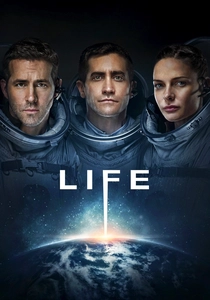
Life (2017)
Description: A terrifying first contact story aboard the International Space Station, where a Martian lifeform proves lethally intelligent.
Fact: The alien creature was designed by the same visual effects team that created the creatures for 'Venom'.
 Watch Now
Watch Now 
